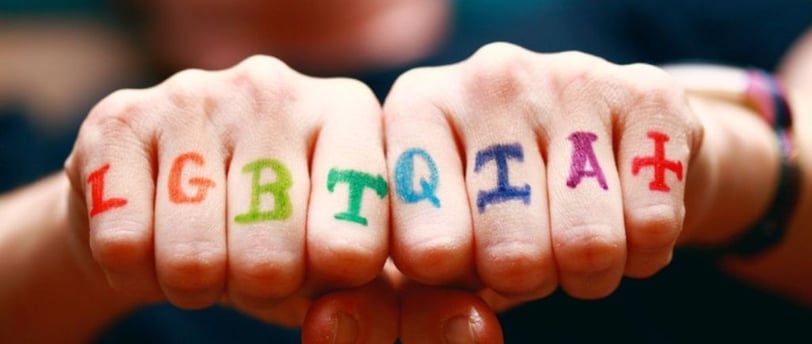Understanding Gender Beyond the Binary
1 min read


Understanding Gender Beyond the Binary
Gender is a diverse and complex spectrum, extending far beyond the traditional male/female binary. Embracing and respecting this diversity is essential for fostering inclusivity and dignity.
Key Points
1. Gender Beyond Male and Female
Many people identify as non-binary, meaning they experience gender as:
Somewhere in between male and female,
A combination of the two, or
Entirely outside these categories.
2. Non-Binary Identities
Non-binary individuals may identify as:
Genderfluid: Moving between different gender identities over time.
Agender: Feeling no connection to gender at all.
Bigender: Identifying with two genders, either simultaneously or alternately.
Each identity is deeply personal and reflects an individual’s sense of self.
3. Transgender Experiences
Transgender individuals identify with a gender different from the one assigned at birth.
Some may choose to undergo medical transition; others may not.
Being transgender is about how a person perceives and understands their gender, not about their physical appearance.
4. Gender Identity and Sexual Orientation
Gender identity and sexual orientation are distinct aspects of identity:
Gender Identity: Relates to who a person is in terms of gender.
Sexual Orientation: Relates to who a person is emotionally, romantically, or sexually attracted to.
A transgender person can have any sexual orientation.
5. Gender Expression
Gender expression is how individuals present their gender through their appearance, behavior, and style.
It doesn’t always align with their gender identity.
Each person’s expression is valid and deserves respect.
Fostering Inclusivity and Understanding
As someone striving to support and respect others:
Use Chosen Pronouns and Names: Always honor the pronouns and names individuals share with you.
Avoid Intrusive Questions: Respect people’s privacy and refrain from asking personal or invasive questions about their journey or transition.
Celebrate Diversity: Recognize and affirm the unique identities and experiences of those around you.
Exploring the Gender Spectrum
Understanding and exploring the spectrum of gender identities helps:
Deepen empathy for others’ experiences,
Support individuals in expressing their authentic selves,
Promote a world free from discrimination.
Respecting and affirming gender diversity is not just about kindness—it is a vital affirmation of human dignity and rights.
Connect! Share your story.
© 2025. All rights reserved.


Personal stories help highlight the diverse experiences within the LGBTQ+ community, promoting understanding and connection.
